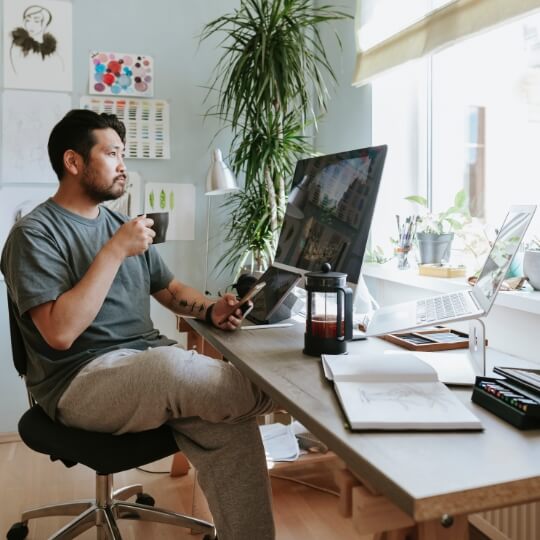How to collect evidence

People who have experienced serious online abuse usually want harmful content removed immediately. But it is important to preserve evidence first.
On this page:
Why it is important to collect evidence
If you experience serious online abuse, resist the urge to get rid of any messages or comments immediately. If you end up reporting the abuse to the service or platform, or to eSafety or the police, you will need evidence to show where and when the content was sent, posted or shared. Collect this now, because if the other person's account is blocked the evidence will disappear.
Apart from identifying the content that needs to be removed, the evidence can also help the service or platform decide if the person responsible should be warned, suspended or banned so they don’t target you again – or harm anyone else.
For illegal and restricted content, giving eSafety evidence of where the harmful material is located will help us find and remove it quickly.
What evidence to save
Serious online abuse
You should capture details such as:
- the service or platform used to send or share the harmful content
- the webpage address or link (URL) where the harmful content appeared
- the usernames of the accounts and URLs of the profiles used to target you
- the times and dates the content was sent or shared
- any other information that you think may be important.
It is also useful to record how often you were targeted and other information that gives the online abuse context and helps you explain how it has affected you.
For example, the online abuse could be in the form of repeated unwanted contact. When viewed on its own, a single post or comment may not appear to be abusive, so you may need to show that it was part of a wider pattern of abuse. Proving your case can be helped by documenting, diarising or reporting all the instances of unwanted contact – you may be able to do this through the in-app reporting functions or an online form on the service’s or platform’s website.
How to find the URL
The URL is the web address or link where the content is located. Our investigators need this so they can quickly find the content. You can usually see it in the address bar at the top of the page, if you are using a desktop, laptop or tablet. For example, the URL for this page is esafety.gov.au/report/how-to-collect-evidence.
But if you are on social media or using an app on your phone, the URL may not be easy to find. If you can see an address bar but not the full URL, try tapping the address bar, then when the URL appears tap and hold it for a second or two so it is highlighted, then copy and paste it into your records. If you can't see an address bar look for a share icon, tap that and select 'copy link' from the options then paste the address into your records. Sometimes the share function can be found in the ‘more’ section of an app and appears as three dots (…) at the top of a post. The URL may automatically convert to a page name, but if it is hyperlinked back to the source page our investigators should be able to find it.
Screenshots and photos
Taking screenshots or photos of your device’s screen is a quick and effective way to save evidence of the harmful content and the account or profile that was used to send or share it. It’s a good idea to move them from your recent shots or albums into a separate file, so you don’t keep seeing them.
But make sure you don’t save nudes or sexual images or videos of anyone under 18, as that is usually illegal.
Depending on your device, there are different ways you can take screenshots or photos to help you collect evidence. See our advice on how to:
Should I talk to a lawyer?
If you think you may want to take legal action, it is important to speak with a lawyer, legal service or the police about what’s happening and what evidence you will need to help resolve your case.
Your local Community Legal Centre or Legal Aid in your state or territory may be able to provide free and confidential advice.
If you are under 25 you can get advice from Youth Law Australia.
There may also be a specialist that can help.
Or you can engage a private lawyer. If you choose to do this, it's a good idea to ask about their fees before you sign up with them.
Illegal and restricted content
Do not take screenshots or photos of illegal and restricted content, especially child sexual exploitation material. Possessing, creating or sharing sexualised images of people under 18 is usually unlawful. For more information about relevant laws in Australia, visit Youth Law Australia.
If you encounter child sexual exploitation material online, please report it to eSafety via our online reporting form. Reports can be made anonymously. You will need to provide the location of the content, including webpage addresses (URLs), account profiles or usernames, or other information about where the material is located.
Find out more about illegal and restricted online content.
Last updated: 22/12/2023